In stark contrast to the most famous stadium projects of the decade that followed it, the Olympic Stadium was delivered on time and on budget. Daniel Gayne asks some of the people who worked on the project how they did it
Ten years ago today, the country sat in wonder as the 2012 Olympic Games were opened with a breath-taking celebration of British culture.
By contrast with Danny Boyle’s patriotic extravaganza, the setting of the opening ceremony – the newly built Olympic Stadium in Stratford – seemed to many rather more modest construction.
While it may have lacked the wow factor of Beijing’s Bird’s Nest, Stratford’s own sporting arena, delivered ahead of time and under budget, certainly impressed when measured against more prosaic criteria.
In the decade that followed the games, delays and cost overruns of the Tottenham Hotspur Stadium, and in the conversion of the Olympic Stadium itself, have shown just how impressive the build was.
Clare Gallagher, who was a construction manager for Sir Robert McAlpine on the project, said part of its successful delivery came from using proven supply chain partners.
She had worked on the Emirates Stadium for Arsenal football club years before and said the contractor had “repeated much of the success” of that project on the Olympic Stadium, bringing over key supply chain members.
McAlpine was joined by project manager Mace, as well as engineer Buro Happold and architects Populous, the latter two having worked on the Emirates, in a design and build consortium called Team Stadium.
The group was selected as the preferred bidder in January 2007 and went on to select suppliers including Byrne Bros for concrete, Tarmac for the precast terracing and Watson Steel for steelwork.
>> To refurb or rebuild: what next for Old Trafford?
>> Cost model: Sports stadiums
>> Tributes to Benny Kelly who worked on the Olympic Stadium
“We had a lot of tried and trusted partners that we partnered with all through the process, there wasn’t the competitive tendering element on a number of the big packages we picked our sort of horse based on their experience and knowledge and a demonstrated ability to deliver for us,” said Gallagher.
Early on in the project, the decision had been made to separate the design of the roof from the bowl, allowing the groundworks to begin for the latter.
Ultimately, the engineers settled on a cable net roof design which lent itself to demountability post-2012 and used a lot less steel than the cantilever structures typically used in the UK.
Mark Leeming, who started the project as a section manager working on the roof before becoming a construction manager, remembered the installation of the cable net as a “big moment” on the project.
The cable net was laid out on a temporary support scaffold erected around the stadium bowl and was moved into position by strand jacks installed in the terraces.
Inch by inch the cable net was moved to its final position, pulling in the piece of the huge external steel compression truss. “That was the point in time that we knew everything that works on paper works,” says Leeming
By summer 2010, the main structure of the stadium had been completed, with 25,000 permanent seats set on a lower podium and 55,000 temporary ones rising above.
Though he did not see any of the events in the stadium, Leeming was among those lining the tunnel when Steve Redgrave ran in to light the Olympic torch.
He recalls: “It was an exhilarating moment and walking out onto that field of play with the noise and the music, nothing could have prepared me for that – it was one of the top moments in my career.”
To build such an iconic building was something special – it is a once in a lifetime opportunity to work on something like that
Gallagher, who had delayed a move back to her native Cardiff to work on the project, was able to see some of the Paralympic events in the stadium, but said the real joy was “the energy around those travelling on public transport to the stadium and the whole energy around London”.
“I don’t think was until that point it really hit home what I had been part of – even now sometimes you get ‘oh, yeah, I was construction manager on the Olympic Stadium’,” she says.
In the games’ aftermath, the stadium was handed over as planned to West Ham United football club, which Leeming said was a bittersweet moment coming from a Geordie family.
Balfour Beatty began works in January 2014 on a £154m contract, but costs spiralled and when the Irons eventually took to the field of the renamed London Stadium in 2016 around £320m had been spent.
Works to convert the stadium into a 54,000-seat multi-sport venue saw the contractor replace the celebrated lightweight roof structure with the largest cantilevered roof in the world, and the firm had to rebuild large parts of the stadium structure and foundations in order to cope with the strain.
Ten years on from the Olympics, there have been mixed appraisals of its legacy for the surrounding area – and with Mace’s huge East Bank cultural development still under construction, the jury is in many ways still out.
For his part Leeming thinks the transformation of Stratford has made it “a fantastic place to be” and his involvement in the stadium project remains a career highlight.
He says: “To build such an iconic building was something special – it is a once in a lifetime opportunity to work on something like that”.




















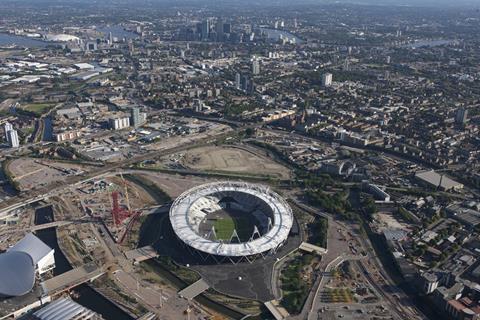

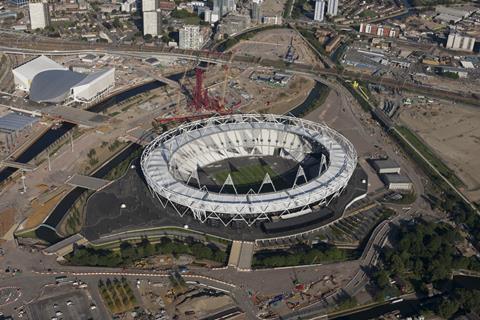
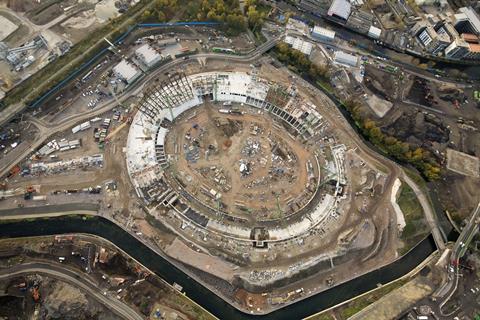
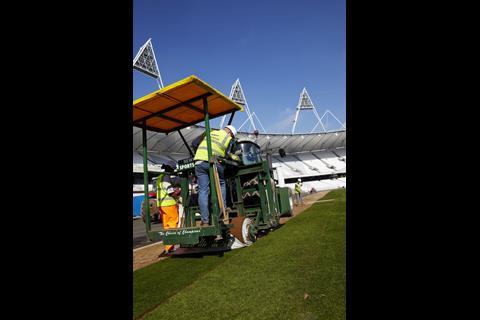
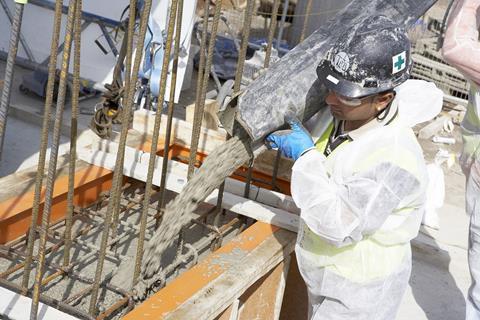
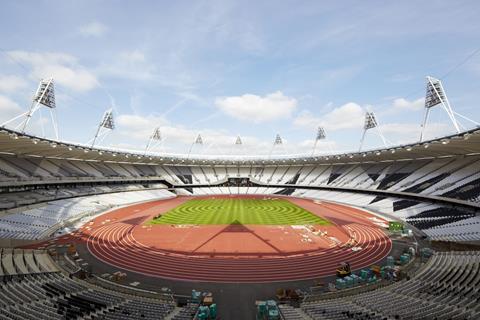







No comments yet